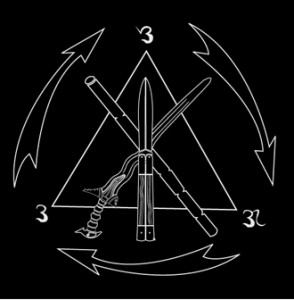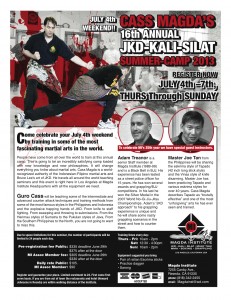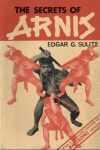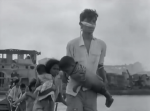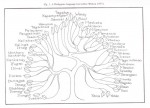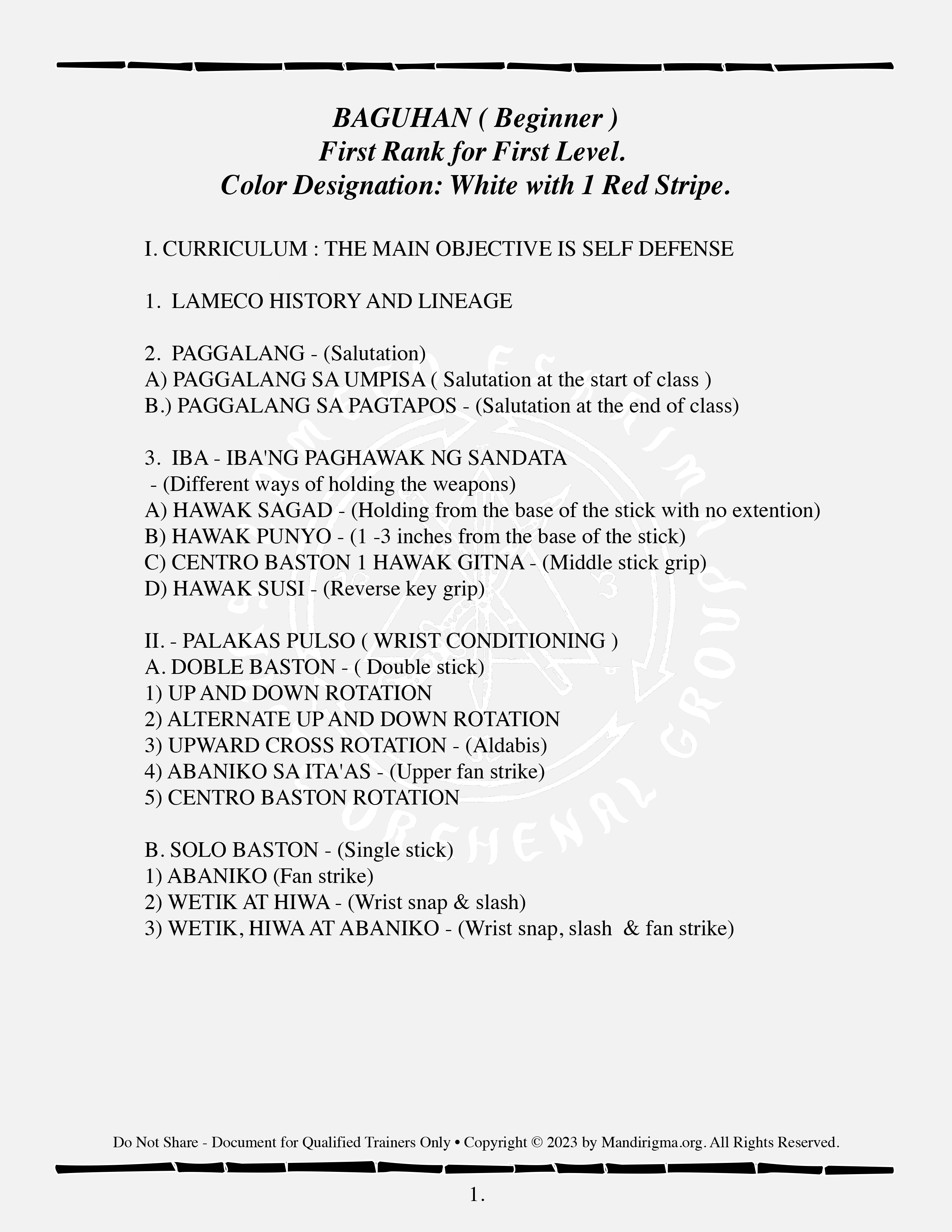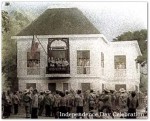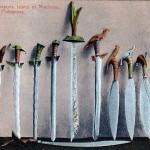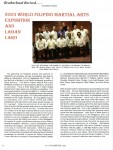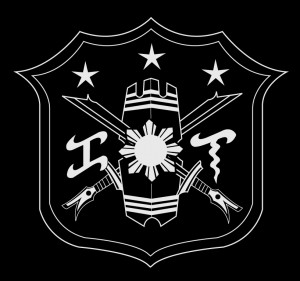
Interview: Guro Dino Flores by Christof Froehlich, March 2012 Q: Guro Dino, please introduce yourself. Guro Dino: I am Guro Dino Flores and I am a member of the organization Kapisanang Mandirigma. I was a member of the late Punong Guro Edgar Sulite’s Backyard Group, also known as the Lameco SOG (Sulite Orehenal Group). I am also a practitioner of Ilustrisimo taught primarily by the late Master Christopher Ricketts. — Q: How did you first start in the Warrior Arts of the Philippines? Guro Dino: I was first introduced to the existence of the Philippine Warrior Art in 1975 by my father. As a child, my father would tell me stories about the battles against the Spanish and Americans during the struggle for Philippine independence. Some of the stories he told were of his grandfather, Segundo Morato Flores, who was a Katipunero in the Bicol Province during the Philippine Revolution. His grandfather would proudly celebrate Philippine independence day by putting on his Katipunero uniform. He would dress my father in a matching outfit and wooden sword. Then with great pride they would march to the town square and meet with other veterans. Other stories involved my paternal grandfather, as a decorated Captain in the USAFFE (United States Armed Forces in the Far East). He was also a guerilla fighter after the Americans surrendered with the fall of the Philippines to Japan. On my mothers side, my grandfather fought on the Island Fortress of Corrigador as a staff sergeant in the USAFFE where he was in charge of a unit of 50 caliber water cooled machine guns. He survived the infamous Bataan “Death March” and numerous solo recon missions. One day during story time, my father showed me the sword my paternal grandfather used in World War II. It was in a leather scabbard and had a water buffalo horn handle (Kalabaw). He held it proudly over his head pointing to the sky telling me these swords were used in “Filipino Arnis”! He did a few fighting stances, and that was how the seeds of the Philippine Warrior Arts were first planted in me. My first instruction was in the early 80′s as a young teen in my mother’s province of Laguna, Philippines. I had bought my first Balisong knife and would practice with it constantly. The town of Balisong where the knife was invented was less than 30 miles away in my maternal grandmothers province of Batangas. Laguna was known for practitioners of the balisong knife and there was an abundance of these knives available at the traditioal outdoor market (Palenke). One day, I way fooling around with the knife in front of my uncles who were having a “Tagay” or loosely translated, a serious drinking session. They yelled at me that the balisong wasn’t a toy and that relatives have been seriously injured in knife encounters. One of their friends showed me his scar from a knife fight. This began my “informal lessons” in the knife arts. One of the first lessons was to “never brandish that thing unless you plan to use it”. When I moved to Los Angeles in the late 80′s, my cousins, Ariel Flores Mosses and Choy Flores and I would train with each other. Our first “formal studies” in Eskrima were with Grandmaster Henry Bio in Sikaran Arnis and Grandmaster Conrad Manaois in his family system of Ninoy Cinco Teros. — Q: Can you tell us some things about your training with Punong Guro Edgar Sulite & Master Christopher Ricketts. Guro Dino: They were both in love with the Philippine Warrior Arts. Both were very attentive and respectful of the proper form and function of the fundamental and original movements taught to them. From my first day to my last day of training with them, we always began with the basic foundations. They were both at the conclusion that real fighting must be kept simple. One of the primary things Punong Guro focused on with the Backyard Group was sparring at various levels of intensity. Frequently with live stick with full punching, kicking, elbows, knees, takedowns and grappling permitted. Even though he acknowledged that the sword was the soul of the art, he found sword techniques did not always work with a stick in these conditions, especially with headgear. It was an amazing learning opportunity for me. Master Ricketts’ primary focus became the perfection and preservation of the original ways Grandmaster Ilustrisimo actually moved with his sword. He constantly sought to master these techniques even further, and this is what he wanted me to perfect. When I first met Master Ricketts in the Philippines, within minutes I was sparring some of his senior students. He was a big believer in the importance of physical conditioning and sparring. It was an honor and privilege to train with these Grandmasters and I miss my friends dearly. I miss being their student. I will always do my best to conduct myself in a way that they would make them proud and do my part to keep their legacy … [Read more...]
